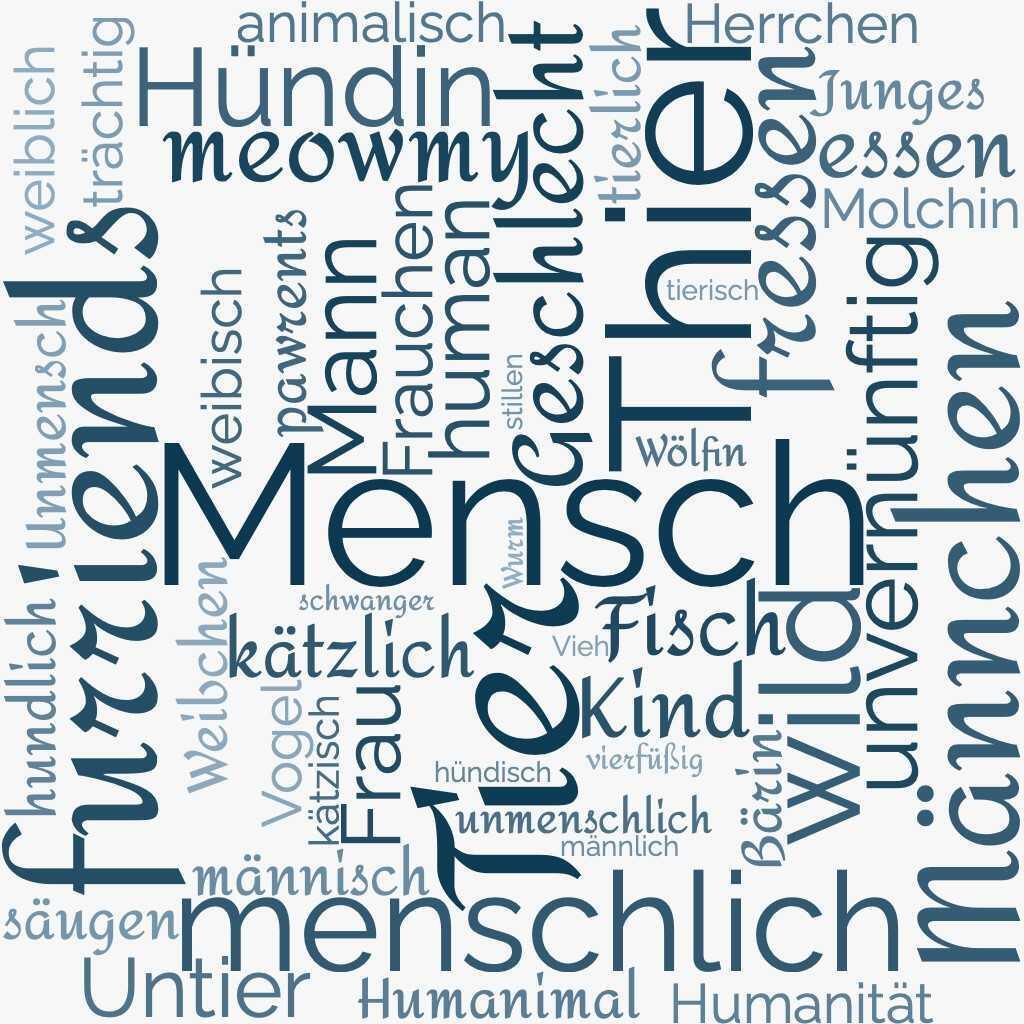C01Linguistic Human Differentiation
This project, headed by Damaris Nübling, explores the linguistic human/animal boundary both synchronically and diachronically.

Drawing Boundaries between Humans and Animals in Discourse, Lexicon, and Grammar
This boundary is produced lexically (in vocabulary, for instance ‘eating’ versus ‘feeding’), onymically (by assigning and choosing names), and grammatically (e.g., in word formation or by assigning gender) and discussed discursively (in texts). The quality, rigidity, and course of the animal/human boundary have historically changed significantly.
The project addresses the following complexes:
a) Which linguistic structures are used to draw the human/animal boundary?
An example is the range of the German sex-specifying suffix -in, which is used for certain animals but not for others: Hund/Hündin, but not *Flughündin, instead Flughundweibchen. This complex is covered mainly by Lena Späth.
b) How is the human/animal border crossed by which linguistic means and in which discourses?
The anthropomorphisation of animals (e.g., schwangere instead of trächtige Katzen) is examined as well as the animalisation of humans (säugende instead of stillende Ureinwohnerinnen). The aim is to illuminate and understand the social function of these transgressions. Miriam Lind in particular examines this discursive negotiation of human/animal relationships


